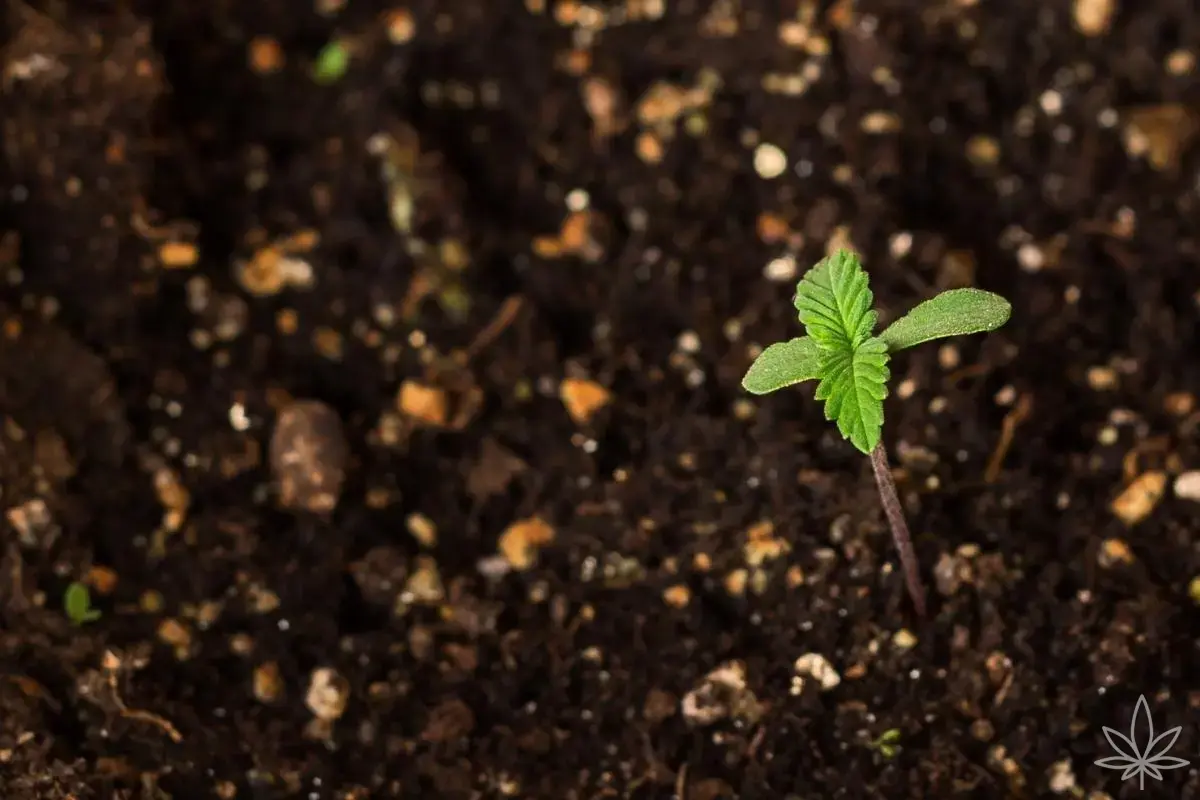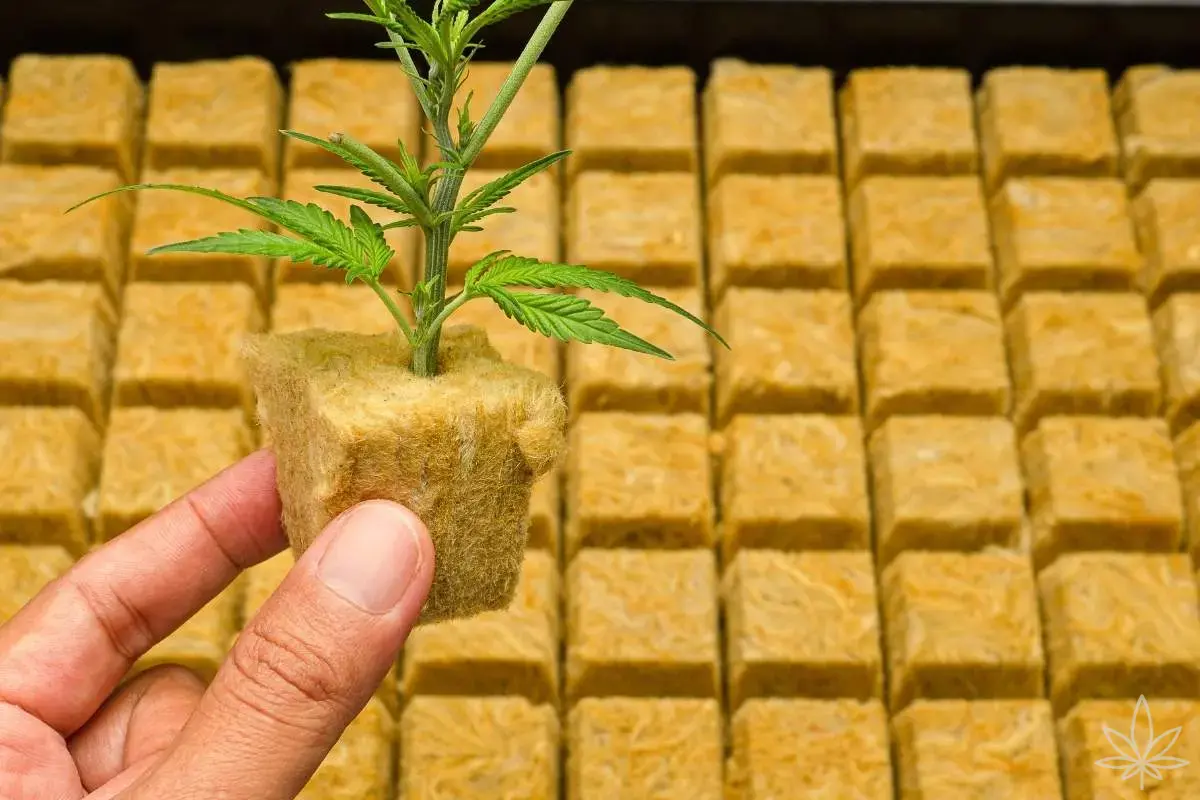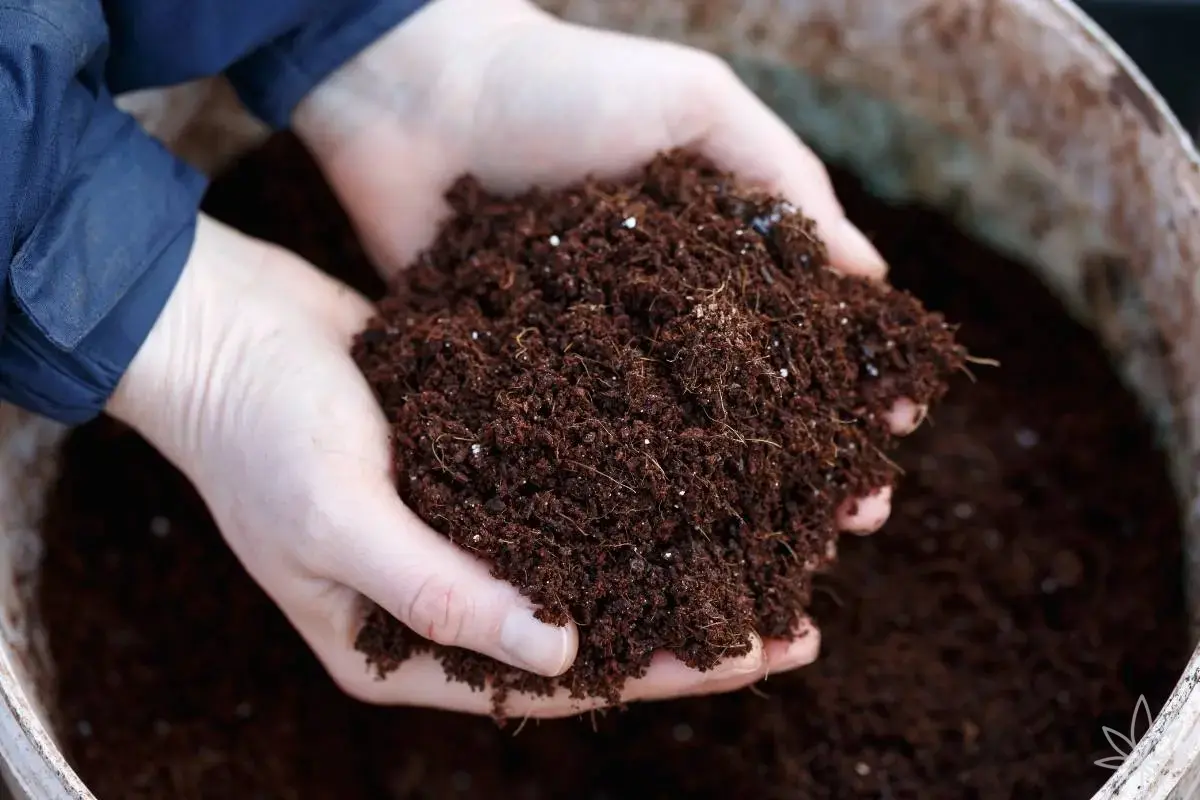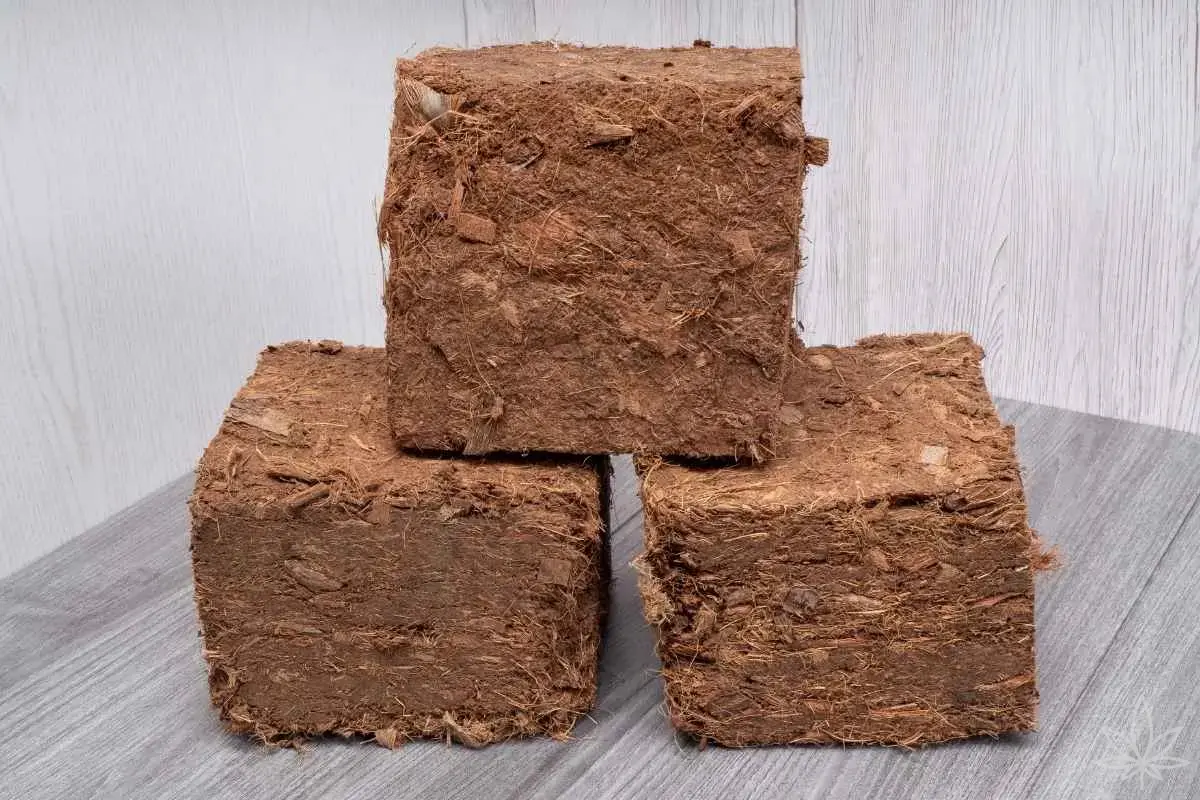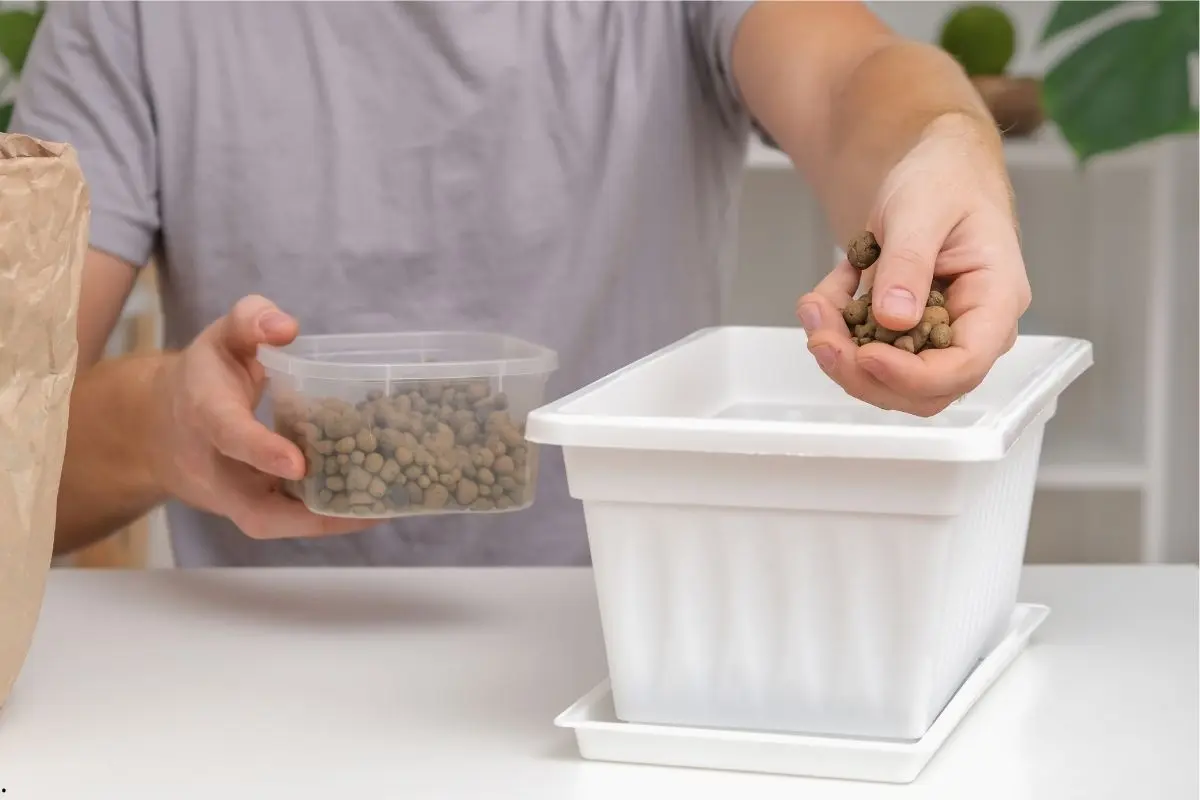Not every grower enjoys fiddling with bottles of nutrients and measuring EC with every watering. For many of us, the magic lies in soil that lives and takes care of the plant on its own. The concept of no-till and living soil is not some hippie fantasy but a proven practice among organic gardeners. In the cannabis world it also has more and more followers, because it delivers great taste, healthy plants and less work. Sounds like a fairy tale? Let’s see how it really looks in practice.
What is no-till and living soil?
No-till literally means “no digging.” In practice, it means that you don’t replace the soil every grow cycle, but treat it like a garden: feed the microorganisms, add organic matter, water it, and in return they create a healthy structure and a thriving life full of beneficial bacteria and fungi.
Living soil is a soil where not only the plant grows, but also an entire ecosystem functions: mycorrhizal fungi, nematodes, bacteria, protozoa. They break down organic matter into forms that roots can absorb. The grower’s role? To be the gardener of this micro-world, not just the “provider of bottled nutrients.”
Base mix for no-till
The foundation is a well-prepared soil that contains:
- base – peat or plain potting soil without nutrients, optionally some buffered coco,
- organic matter – compost, worm castings,
- aeration – perlite, pumice, rice hulls,
- minerals – rock dust, dolomite, kelp meal.
Example recipe for a 50-liter bag:
- 20 L peat,
- 15 L compost,
- 10 L worm castings (around 12–15 EUR for a 20 L bag),
- 5 L perlite or pumice,
- a handful of rock dust,
- 2–3 handfuls of kelp meal (around 8 EUR/kg).
Such a mix needs to “cook” for several weeks — microbes start working, and you end up with a medium that can serve you for years.
Top-dress — feeding from above
Since you don’t replace the soil, how do you replenish nutrients? The answer: top-dress, which means adding organic fertilizers on top of the soil. These can include:
- worm castings,
- bone meal,
- guano,
- powdered seaweed,
- biochar.
In practice: spread a thin layer (2–3 cm) on top of the pot, water, and the microbes and worms take care of the rest. Cost? Top-dress for one plant per cycle is about 5–10 EUR, depending on which organic amendments you use.
Compost teas — worm tea and friends
A “tea” for plants is a brew made from compost or worm castings, aerated and fermented in water. The goal is not to provide NPK in liquid form, but to inoculate the soil with living microorganisms.
The simplest recipe:
- a bucket of water (let it sit or use filtered),
- a bag with 2 cups of worm castings,
- 1 tablespoon of molasses (food for bacteria),
- an aquarium pump for aeration.
After 24–36 hours you have a finished tea that you water into the soil. The effect? A microbiological boom, stronger plant resistance to stress, and a healthier root system. The cost of one tea brew is literally 1–2 EUR.
Does it make sense indoors?
That’s the most common question. Outdoors, no-till and living soil are obvious, but indoors many people worry that:
- it will smell bad,
- fungus gnats and other pests will appear,
- nutrients will be harder to control.
The truth is: if your growroom is well-ventilated and you keep it clean, no-till works fine under LEDs in a tent. The biggest difference is in the style of growing: instead of sterility and “bottled chemistry,” you have a mini-ecosystem in a pot.
Yields? Slightly smaller than in mineral coco (for example 350–450 g/m² instead of 500–600 g/m²), but the aroma and taste easily surpass bottled nutrients. That’s exactly why many growers choose this path.
Common mistakes
- adding too much fresh, not fully decomposed compost → risk of mold,
- lack of aeration in the tea (you get sour sludge instead of probiotics),
- letting the soil dry out → microbes die, the soil “dies” too,
- overdoing it: too many top-dresses at once leads to salt buildup.
Conclusion
If you want simplicity and natural growth, no-till and living soil are a great path.
- You have soil that lasts for years.
- You feed the soil instead of the plant.
- You can reduce bottled nutrients to zero.
It’s not a method for everyone: if your priority is grams per watt, then coco and mineral nutrients will be more efficient. But if you want your plants to show their full aroma and your growroom to feel more like a garden than a lab — then living soil is truly soil that works for you.

